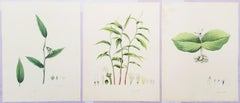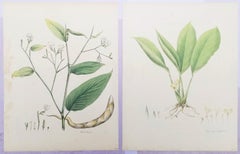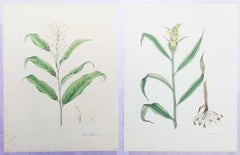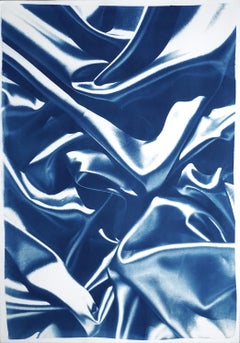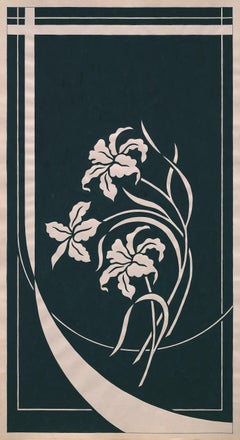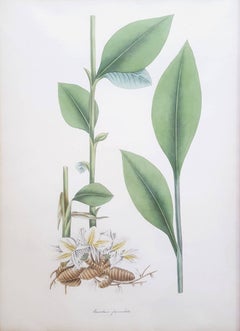William Roscoe Art
William Roscoe was born on March 8th, 1753, in Liverpool’s Mount Pleasant and that is where he was laid to rest when he died in 1831. He was the only son of William and Elizabeth Roscoe. A reformer, poet, educationalist, historian, botanist, a doyen of the arts, lawyer and banker. He is best known as one of England's first abolitionists, and as the author of the poem for children The Butterfly's Ball, and the Grasshopper's Feast. In his day, he was also respected as a historian and art collector, as well as a botanist and miscellaneous writer. Many of his collection of paintings, dispersed in auctions during his financial troubles, remained in Liverpool and later reached the Walker Art Gallery, which in 2015 had extra labels marking them out as once part of Roscoe's collection. Roscoe was a relatively early collector of the Italian Primitives. He died on 30 June 1831 and was buried in the Unitarian Graveyard at Mount Pleasant, a memorial plaque that indicates the approximate spot of his grave.
1820s Victorian William Roscoe Art
Watercolor, Lithograph
1820s Victorian William Roscoe Art
Watercolor, Lithograph
1820s Victorian William Roscoe Art
Watercolor, Lithograph
2010s Abstract William Roscoe Art
Watercolor, Lithograph, Rag Paper, Emulsion
1970s Modern William Roscoe Art
Paper, Gouache
2010s American Modern William Roscoe Art
Emulsion, Watercolor, Paper, Lithograph
2010s Contemporary William Roscoe Art
Paper, Watercolor
2010s Victorian William Roscoe Art
Archival Pigment, Glass, Wood, Oak, Photographic Paper, Color
Jasper GoodallDark Flora Autumn Weald in Floral arrangement of wild flowers and plants, Framed, 2019
1710s Naturalistic William Roscoe Art
Watercolor, Handmade Paper, Engraving
2010s Analytic Cubist William Roscoe Art
Lithograph, Watercolor
Mid-19th Century Victorian William Roscoe Art
Engraving
1820s William Roscoe Art
Engraving, Watercolor, Archival Paper
2010s Contemporary William Roscoe Art
Paper, Watercolor
2010s Victorian William Roscoe Art
Photographic Paper, Color, Archival Pigment, Glass, Oak
1940s Victorian William Roscoe Art
Paper, Ink, Drypoint, Etching
1820s Victorian William Roscoe Art
Watercolor, Lithograph
1820s Victorian William Roscoe Art
Lithograph, Watercolor
